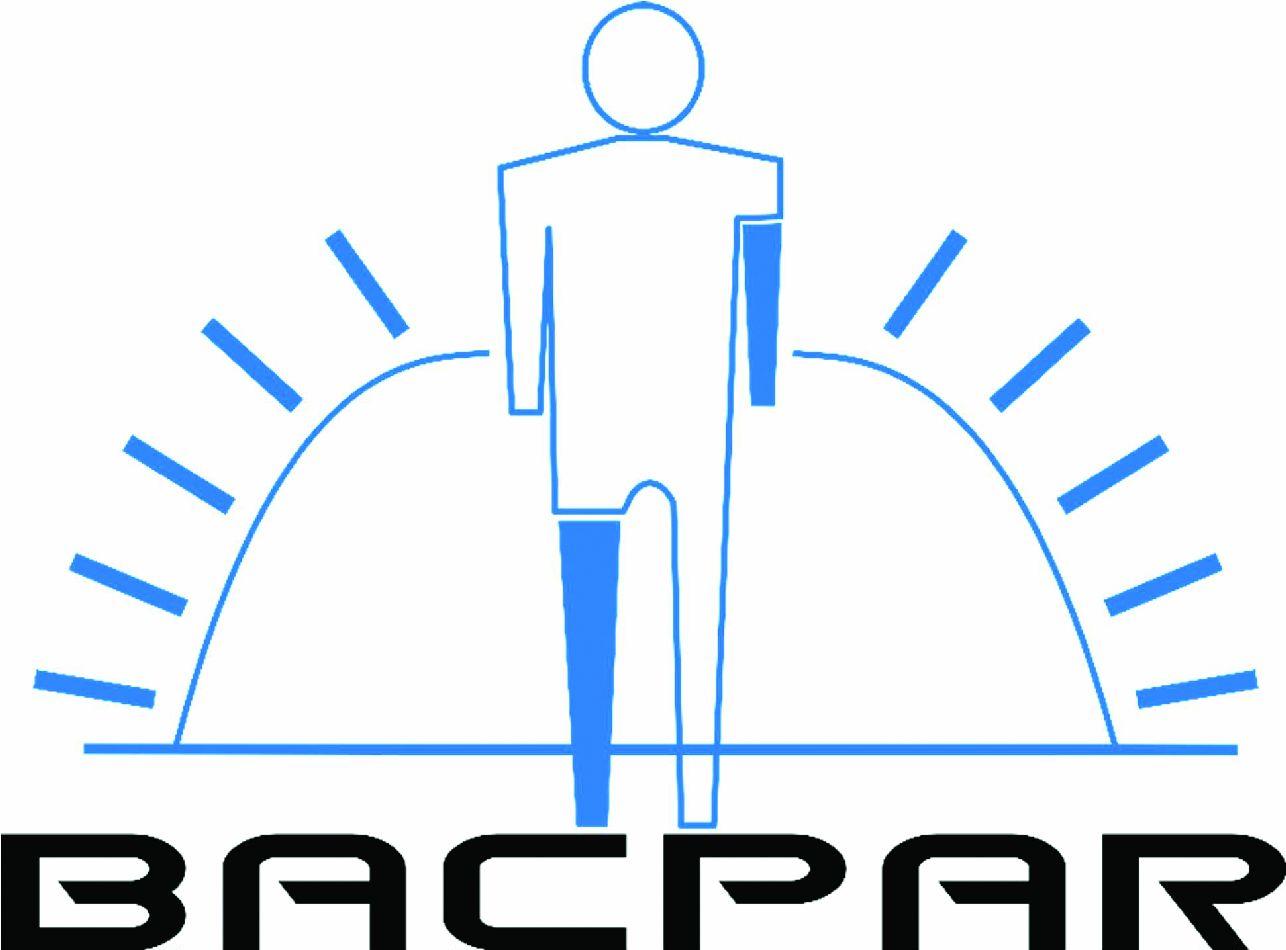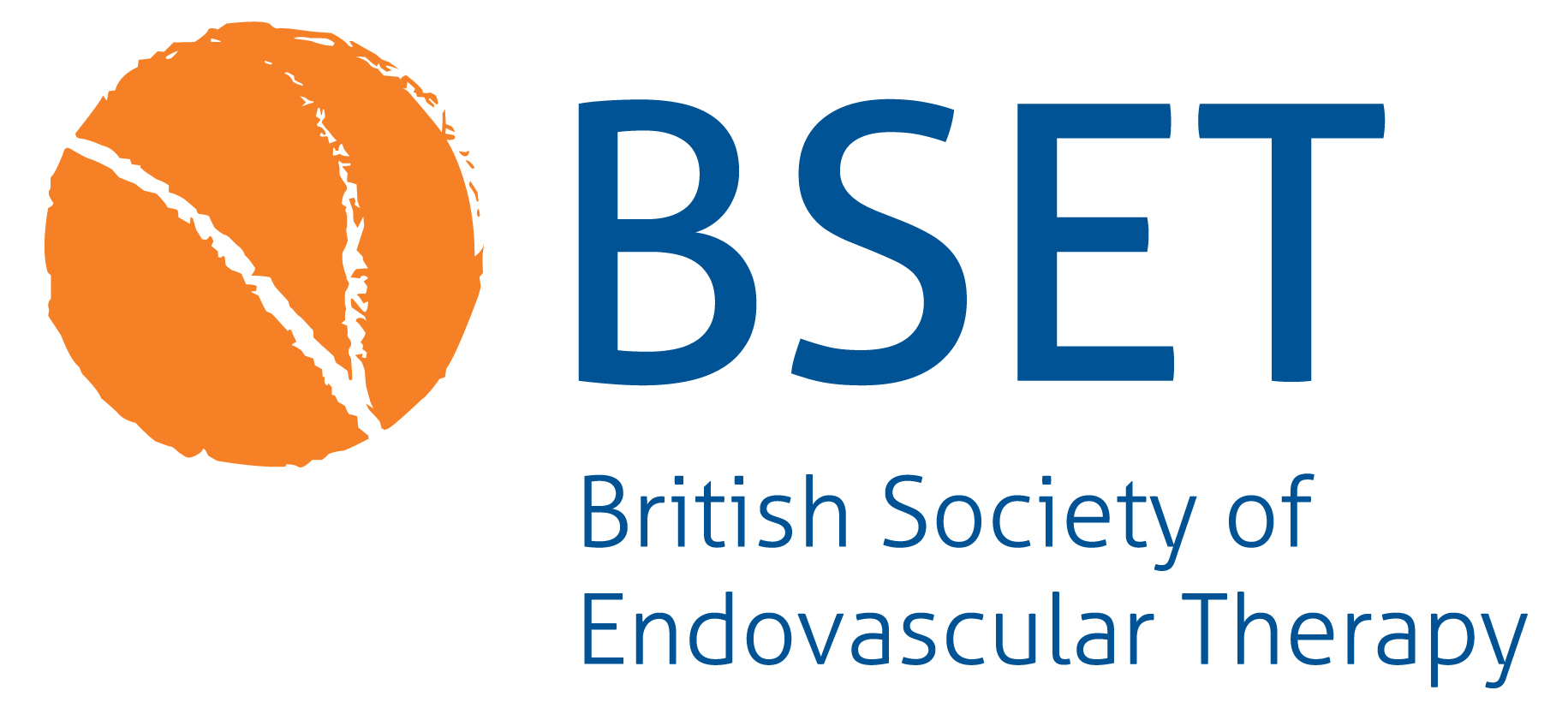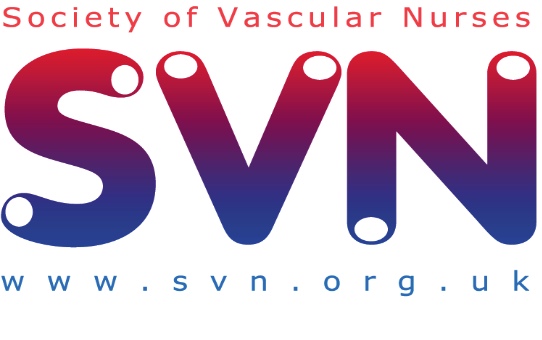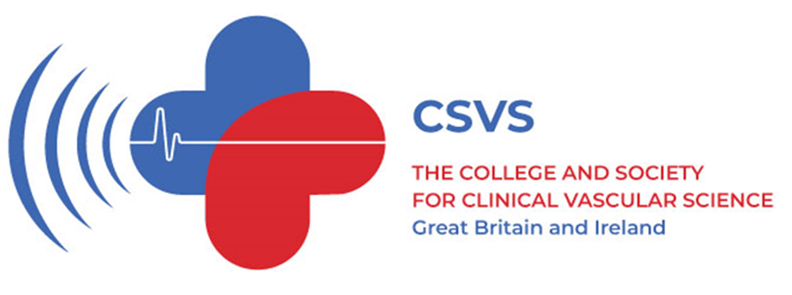Original Research
Outcome measurement for vascular amputee patients: a scoping survey of UK clinical practice
Introduction Peripheral arterial disease (PAD) and/or diabetes is the largest cause of major amputation.1 Individuals who have undergone an amputation due to vascular disease (‘vascular amputees’) often have multiple comorbidities, are older, frail,2 have decreased physical function and live with disability following their amputation.3,4 Vascular amputees often do not wear a prosthesis for ambulation for…
Surgical Site Infection in Major Lower Limb Amputation (SIMBA): an international multicentre audit: baseline unit survey
Introduction Surgical site infections (SSIs) are a common complication following any surgical procedure, accounting for 20% of all hospital-associated infections.1 The incidence of SSI following major lower limb amputation (MLLA) is particularly high, with a recent systematic review reporting an overall incidence of 7.2% and single-centre studies reporting rates up to 27%.2 SSIs are a…
Arterial assessment of the lower limb and foot: perceived benefits and disadvantages of current methods in contemporary practice
Introduction Cardiovascular disease (CVD) is now a major public health concern and World Health Organisation (WHO) sustainable development goal (SDG).1 As a non-communicable disease, the SDG target is mortality reduction and prevention of disease burden (SDG 3.4.1).2 Arterial disease outside the brain or heart is referred to as peripheral artery disease (PAD), a subtype of…
A survey of contemporary acute lower limb ischaemia management
Introduction Acute limb ischaemia (ALI) occurs as a result of abrupt reduction in limb perfusion due to total or subtotal arterial occlusion by thomboembolism to the peripheral arteries within 14 days of the presentation. It is a vascular emergency with an incidence rate of 140 per million per annum and an average prevalence rate of…
An appraisal of global clinical practice guidelines in thromboprophylaxis for superficial endovenous treatment
Introduction Clinical practice guidelines (CPGs) are systematically developed recommendations that aim to assist clinicians and patients in making informed decisions for specific clinical situations by evaluating the benefits and risks of various treatment options based on comprehensive evidence.1–3 To standardise clinical practices and ensure effective and consistent patient care, CPGs must be of high quality…











